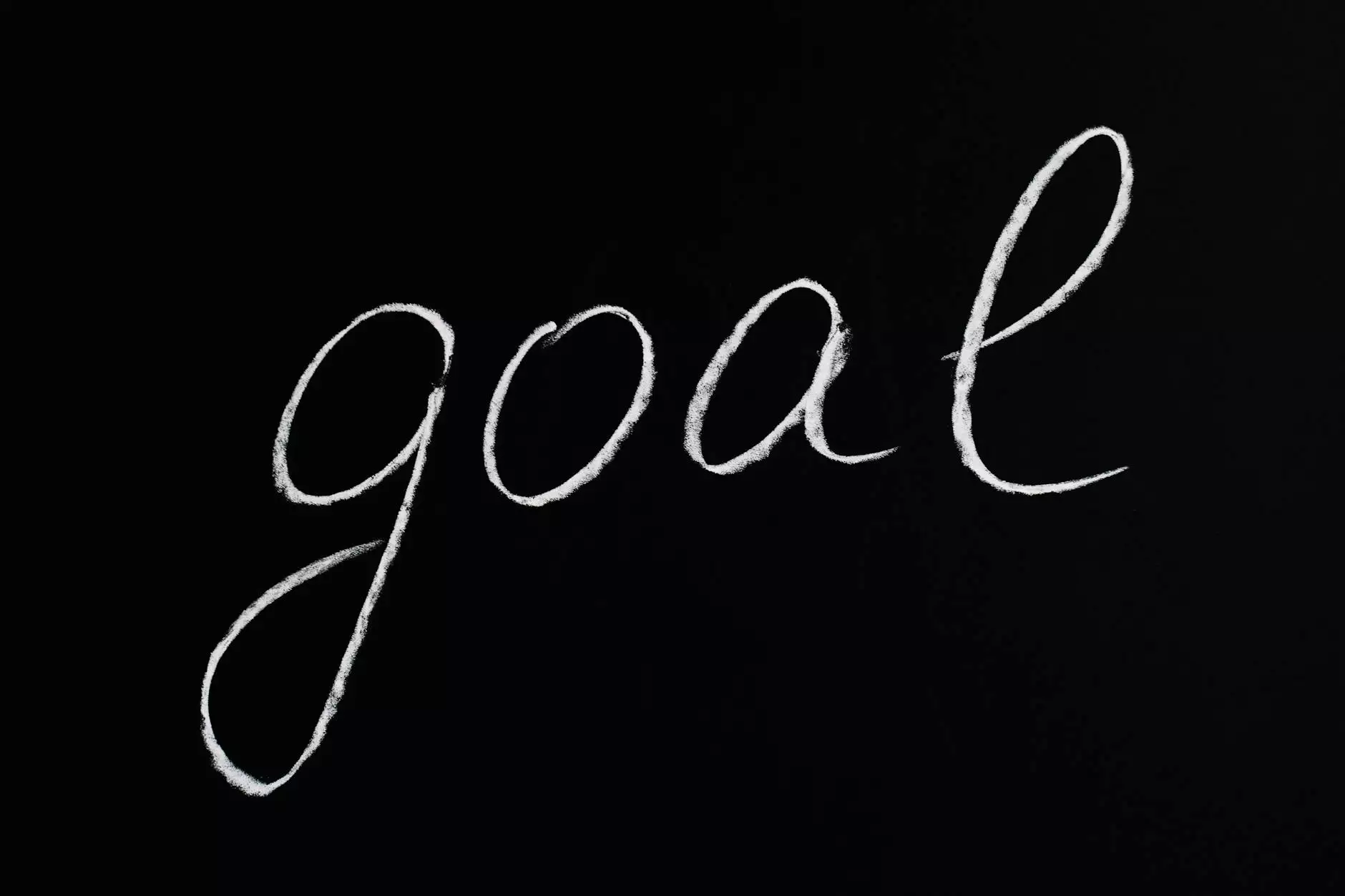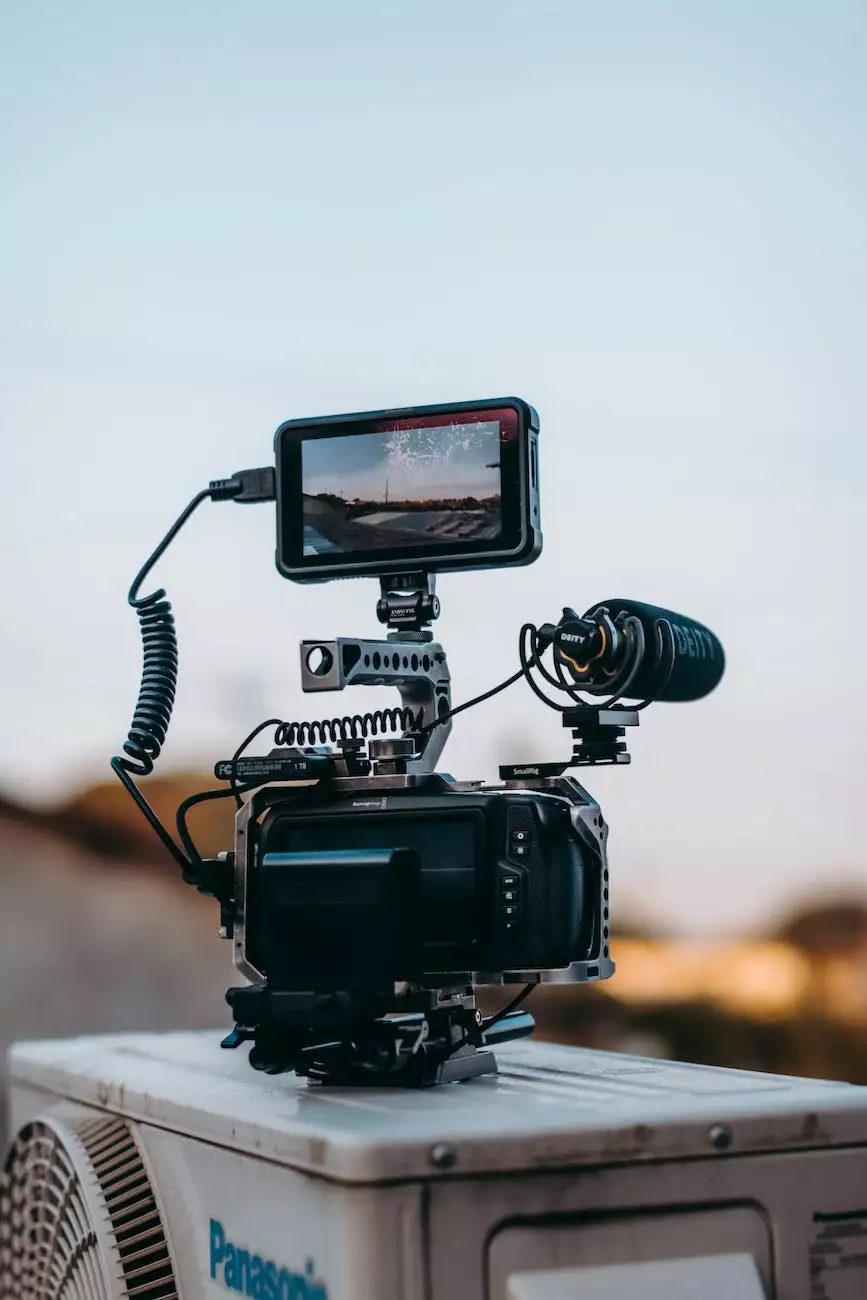Prescott Community Cupboard Food Bank

Welcome to Our Food Bank
As a leading non-profit organization in the community and society philanthropy sector, Prescott Community Cupboard Food Bank has been tirelessly working towards eradicating hunger and food insecurity in Prescott, Arizona and the surrounding areas. We understand the importance of access to nutritious food for every individual, and through our dedicated efforts, we strive to make a positive impact.

Our Mission
At Prescott Community Cupboard Food Bank, our mission is straightforward - to provide food and support to those in need. We believe that no one should go to bed hungry, and with the help of our generous donors, dedicated volunteers, and compassionate staff, we are committed to making a difference in the lives of individuals and families facing food insecurity.

Fighting Hunger in Prescott, Arizona
Prescott, Arizona is a vibrant community known for its strong unity and support. However, like many other regions, it is not exempt from the challenges of hunger and food insecurity. That is why Prescott Community Cupboard Food Bank stands proudly as a beacon of hope, ensuring that individuals and families have access to the nutrition they need to thrive.
Our Comprehensive Approach
Through our years of experience, we have developed a comprehensive approach to tackling food insecurity. This approach involves various programs and initiatives aimed at providing assistance to those in need:
- Emergency Food Assistance: Our emergency food assistance program is designed to offer immediate support to individuals and families facing a sudden crisis or unforeseen circumstances.
- Mobile Food Pantry: We understand that some individuals may have difficulty accessing traditional food banks. Our mobile food pantry brings food directly to underserved areas, ensuring that no one is left behind.
- School Meal Programs: In partnership with local schools, we run meal programs to ensure that students have access to healthy and nourishing meals even outside of school hours.
- Community Gardens and Education: We believe in the power of self-sustainability. Through community gardens and educational programs, we empower individuals to grow their own food and gain valuable knowledge about nutrition.
How You Can Help
We firmly believe that fighting hunger requires a collective effort. There are various ways in which you can join us in making a lasting impact on the community:
- Volunteer: Become a volunteer and actively participate in our programs. Your time and dedication can make a significant difference in the lives of those in need.
- Make a Donation: Every contribution counts. Your financial support enables us to expand our reach and provide more comprehensive assistance to the community.
- Spread Awareness: Share our mission and initiatives with your friends, family, and colleagues. Together, we can create a ripple effect of compassion and support.
Contact Us
If you have any questions, would like to contribute, or need assistance, please feel free to get in touch with us. We value your feedback and are always here to help!
Remember, at Prescott Community Cupboard Food Bank, we envision a future where no one has to worry about where their next meal will come from. Join us in our fight against hunger, and together, let's make a difference!

